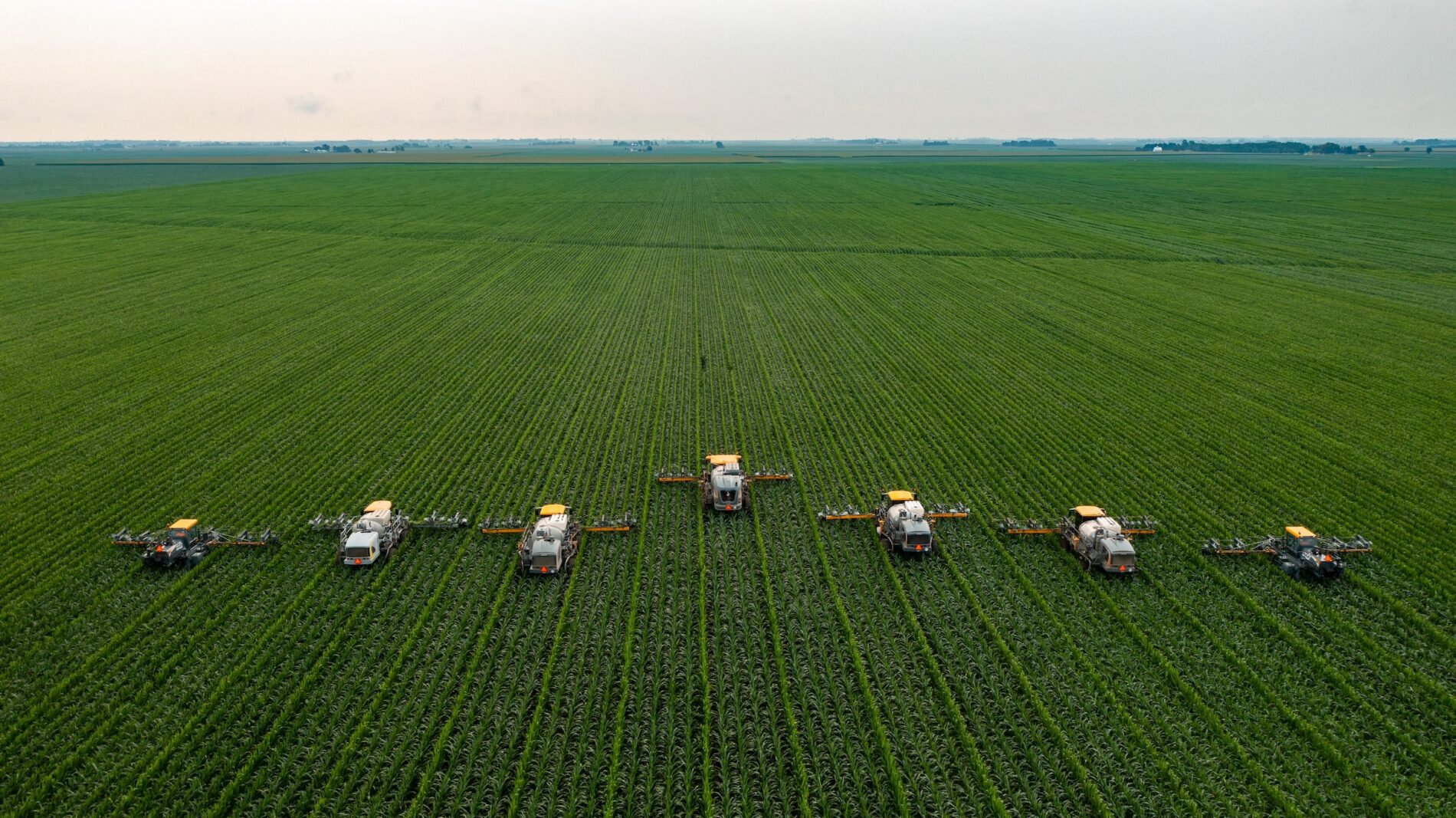Agriculture Plan Reforms for a Sustainable Future
Agriculture Plan Reforms for a Sustainable Future
Blog Article
Enhance Agricultural Productivity With High-Quality Water Soluble Polymers
These polymers provide an array of advantages that can transform traditional farming approaches, from improving water retention and efficiency to enhancing dirt structure and nutrient distribution systems. By utilizing the power of ingenious polymer remedies, farmers can possibly unlock brand-new paths towards achieving higher crop yields while mitigating environmental effects.

Benefits of Water-Soluble Polymers
Water-soluble polymers offer a multitude of benefits in agricultural applications as a result of their boosted water retention residential properties and capability to improve soil framework. Agriculture. These polymers, when contributed to the soil, can significantly boost water holding capability, decreasing the frequency of watering required by plants. By forming a gel-like substance when combined with water, water-soluble polymers create a storage tank that slowly releases dampness to plant roots, making certain a much more regular water system during dry spells
Furthermore, these polymers help in stopping soil disintegration by binding dirt bits with each other, consequently enhancing soil structure and security. Enhanced dirt framework enables for better root infiltration and oygenation, promoting healthier plant development and higher crop returns. Water-soluble polymers additionally aid in nutrient retention by lowering leaching, making sure that important nutrients continue to be available to plants for a longer duration.
Improved Water Retention and Efficiency
Enhancing agricultural water retention and performance with the consolidation of innovative polymer innovations has actually become a critical focus in modern-day farming methods. Water-soluble polymers play a crucial role in enhancing soil framework, enhancing water infiltration, and minimizing water dissipation prices. By forming a thin movie on the dirt surface area, these polymers help to avoid water runoff and raise the soil's water-holding capacity, guaranteeing that plants have access to an appropriate supply of water.
In addition, making use of top quality water-soluble polymers can dramatically decrease the frequency of watering, as they improve the soil's capability to maintain wetness for longer durations. This not just saves water however likewise decreases the power and labor costs related to watering methods. Furthermore, boosted water retention and performance lead to better nutrient uptake by plants, resulting in boosted crop yields and general agricultural productivity.
Improved Nutrient Delivery Solution
Given the substantial influence of premium water-soluble polymers on enhancing water retention and efficiency in farming, the emphasis now shifts towards optimizing nutrient distribution systems to additionally enhance plant development and return. Enhanced nutrient distribution systems play a crucial function in making sure that plants get the required nutrients in a form that is easily available for uptake, advertising their general health and wellness and productivity. By including water-soluble polymers into nutrient distribution systems, the performance of nutrient uptake by plants can be dramatically enhanced.
One trick benefit of making use of top notch water-soluble polymers in nutrient shipment systems is their ability to control the launch of nutrients, making sure a steady and site regulated supply to plants over an extended duration (Agriculture). This controlled launch mechanism aids avoid nutrient leaching and drainage, thereby taking full advantage of nutrition usage by plants and reducing ecological effect

Dirt Structure Optimization Strategies
Enhancing soil structure is extremely important in contemporary farming for making best use of plant returns and advertising lasting land management methods. Soil framework optimization methods play an essential duty in guaranteeing that dirt offers a perfect environment for plant development. One key method is the addition of organic issue, such as garden compost or manure, which helps enhance dirt structure by improving its water-holding capacity and nutrient retention.
Additionally, exercising minimal tillage or no-till farming can avoid soil compaction and promote the advancement of a healthy and balanced dirt structure. Cover cropping is one more reliable technique that includes planting crops especially to protect and enhance the dirt, preventing erosion and boosting soil structure.
Additionally, executing crop turning methods can help break parasite and disease cycles, while also enhancing soil structure via the varying origin frameworks of various plants. On the whole, utilizing these dirt framework optimization methods can cause boosted agricultural productivity, minimized environmental effect, and long-term sustainability in farming practices.
Sustainable Solutions for Crop Returns

To attend to the obstacles of taking full advantage of plant returns while advertising lasting land monitoring methods, discovering lasting options comes to be imperative in modern agriculture. One sustainable service for improving crop yields is the use of precision agriculture methods.
Moreover, advertising crop rotation and cover cropping can help preserve soil health and wellness, decrease erosion, and boost vitamins and mineral biking, ultimately adding to greater returns in time. Integrated insect management go to my blog techniques likewise play an essential role in lasting plant production by minimizing the reliance on chemical pesticides and promoting natural parasite control techniques.
Furthermore, purchasing study and innovation for developing drought-resistant plant ranges and climate-resilient farming practices can aid alleviate the impact of climate change on farming while making sure constant returns when faced with ecological challenges. By adopting these sustainable solutions, farmers can accomplish greater plant returns while protecting the health and wellness of the land for future generations.
Conclusion
In verdict, making use of premium water-soluble polymers in farming uses various benefits such as better water retention, enhanced nutrient shipment systems, and optimized dirt framework. By executing sustainable options for plant yields, farmers can dramatically enhance farming performance and effectiveness. Agriculture. Water-soluble polymers provide a eco friendly and cost-efficient technique to boost the overall performance of farming techniques, leading to much better outcomes for both farmers and the setting
These polymers offer a variety of advantages that can change conventional farming techniques, from enhancing water retention and efficiency to optimizing soil framework and nutrient delivery Continue systems.Furthermore, these polymers assist in protecting against soil disintegration by binding soil bits together, thereby improving soil framework and security. By creating a slim film on the dirt surface area, these polymers aid to prevent water runoff and enhance the soil's water-holding capacity, guaranteeing that plants have access to an appropriate water supply.
Dirt framework optimization methods play a crucial role in ensuring that dirt offers an excellent environment for plant development.In conclusion, the use of high-quality water-soluble polymers in agriculture supplies various advantages such as better water retention, boosted nutrient delivery systems, and enhanced soil framework.
Report this page